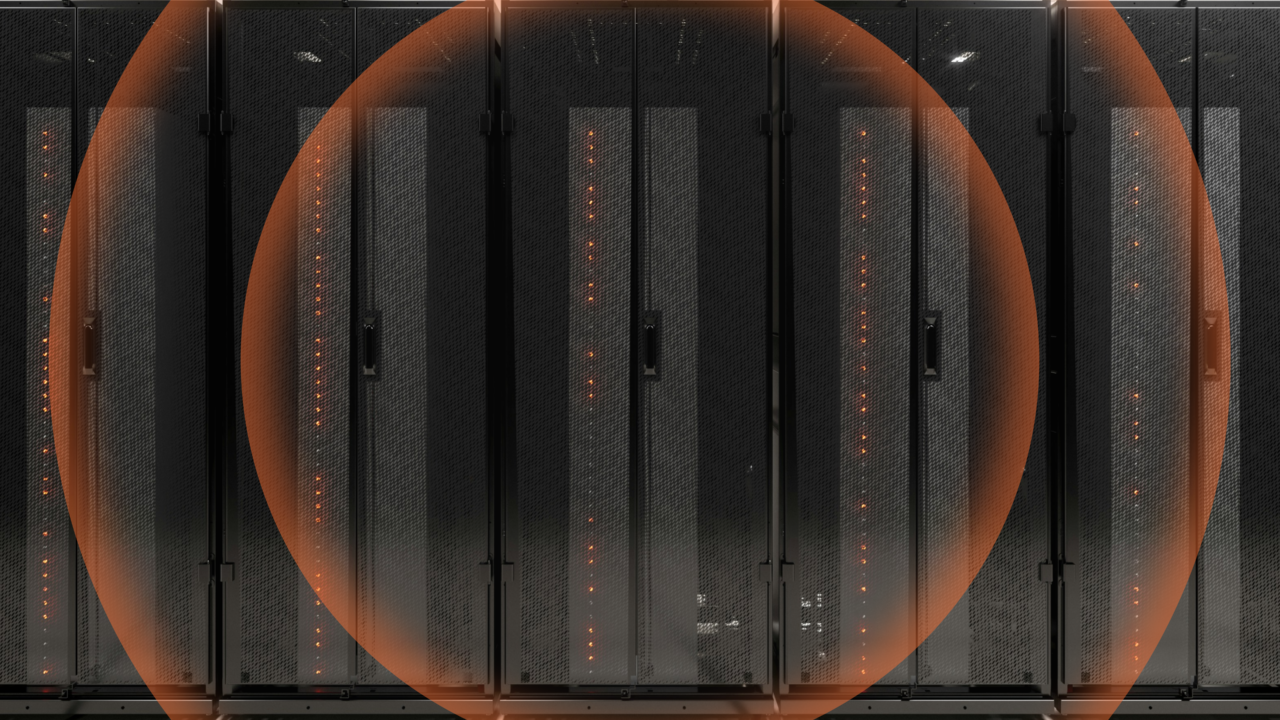EMP Threats to Critical Infrastructure: From Obscurity to Operational Priority
Maria Sundvall, CEO
Published: 13.7.2025 . 5 min read

EMP Threats
For decades, electromagnetic pulse (EMP) threats have sat on the fringe of data center risk models, acknowledged by defense planners and often ignored by commercial operators. That’s changing.
As IT infrastructure becomes more distributed, connected, and critical, resilience conversations are widening. It’s no longer just about cooling, dual power feeds, or UPS design. Today’s threat landscape includes solar storms, high-power microwave weapons, and increasingly available non-nuclear EMP devices that can, in milliseconds, disrupt or destroy digital systems.
Yet EMP isn’t just a headline-grabbing sci-fi scenario. It’s a multi-layered technical risk that’s beginning to show up in real-world regulation, insurance models, and, increasingly, in enterprise procurement requirements—especially in sectors like government, defense, and critical infrastructure.
Understanding the EMP spectrum
EMP is not a single threat—it’s a family of disruptions with vastly different characteristics:
- Geomagnetic storms, triggered by solar flares, build slowly but can induce harmful currents in long conductors, wreaking havoc on power infrastructure.
- High-altitude nuclear EMPs (HEMPs) are less probable but have catastrophic range and multi-stage impacts.
- Intentional electromagnetic interference (IEMI), generated by man-made devices, is local, fast, and relatively easy to execute with commercial-grade components.
Each type of EMP targets different frequencies, durations, and physical pathways—from long power lines to microscopic silicon. And while some effects are immediate, others degrade systems silently, only surfacing later as hardware failures or unexplained data corruption.
Why EMP protection isn’t built-in, and why that’s OK
Electromagnetic protection is highly specialized by nature. Unlike standard safeguards like N+1 power or redundant cooling, EMP resilience isn’t a default part of most commercial data center designs—for good reason.
EMP risks are rare, and the cost-to-benefit ratio depends entirely on the criticality of the workload. What’s needed for a national defense system or a real-time control network may be unnecessary for an e-commerce platform or development environment.
That’s why most data centers are engineered for the risks that matter most to their customer base—power loss, connectivity failure, cooling events, not full-spectrum electromagnetic disruption.
But for specific use cases—think defense contractors, critical infrastructure providers, or government systems—EMP protection becomes a business requirement. And that’s where targeted, custom-built solutions come into play.
The regulatory undercurrent
While the commercial market has been slow to adopt EMP protection, regulators are already taking notice. The European Union’s NIS2 directive broadens the scope of physical and cyber resilience requirements, including electromagnetic risks. ENISA has flagged EMP in its threat catalog.
And as noted in a 2022 Uptime Institute Intelligence Report, most data center operators have not yet incorporated EMP into their formal risk assessments. A gap that may narrow quickly as awareness grows and compliance expectations evolve.
As with data sovereignty rules a decade ago, these frameworks may first apply to a narrow group of operators, but they tend to ripple outward. Data center providers serving sensitive sectors would be wise to anticipate that shift.
Practical approaches to EMP resilience
Full-scale Faraday cages are complex and expensive. But EMP protection doesn’t have to be all or nothing. Modular, scalable solutions allow organizations to focus on the assets that matter most:
- Shielded racks or cages for isolated critical systems
- EMP-rated surge protection devices (SPDs) to safeguard against cascaded electrical damage
- Fiber optics and shielded copper for filtered, non-conductive connectivity
- Shielded cold storage and backup media
- Isolated spares that can be brought online if the primary equipment is damaged
This type of layered resilience strategy is already common in other domains—think of it as tiered redundancy for electromagnetic threats.
EMP and the edge
As infrastructure expands to the edge, so does its exposure. Edge locations—often smaller, remote, and less physically secured—are inherently more vulnerable to localized EMP attacks. Here, the risk shifts from geopolitical-scale disruption to low-cost, high-impact sabotage.
For edge sites handling public safety, energy systems, or real-time industrial control, the logic for EMP protection becomes clearer. Whether it’s a shielded cabinet, a protected power interface, or an isolated backup appliance, the solutions are there—they need to be sized appropriately.
From optional to operational
Ten years ago, few enterprises prioritized sovereign cloud, let alone zero-trust security at the edge. Now, both are part of standard infrastructure conversations. EMP protection is following the same curve—from theoretical concern to practical design option.
It won’t be for everyone. But for organizations whose workloads are too critical to fail, or too sensitive to lose, it’s becoming part of the playbook.
How Kolo can help
Kolo offers scalable EMP protection solutions, from individually shielded racks to shielded cages and fully hardened data halls. Whether you need to meet regulatory requirements or secure national infrastructure workloads, we design and implement custom electromagnetic protection based on your operational goals.
Let’s talk about how EMP resilience fits into your continuity strategy.
Want to explore how Kolo can support your resilience strategy? Learn more about our EMP-Protected Colocation and High-Security Data Center Solutions.
Button to share the article on LinkedIn
Button to copy link to the article